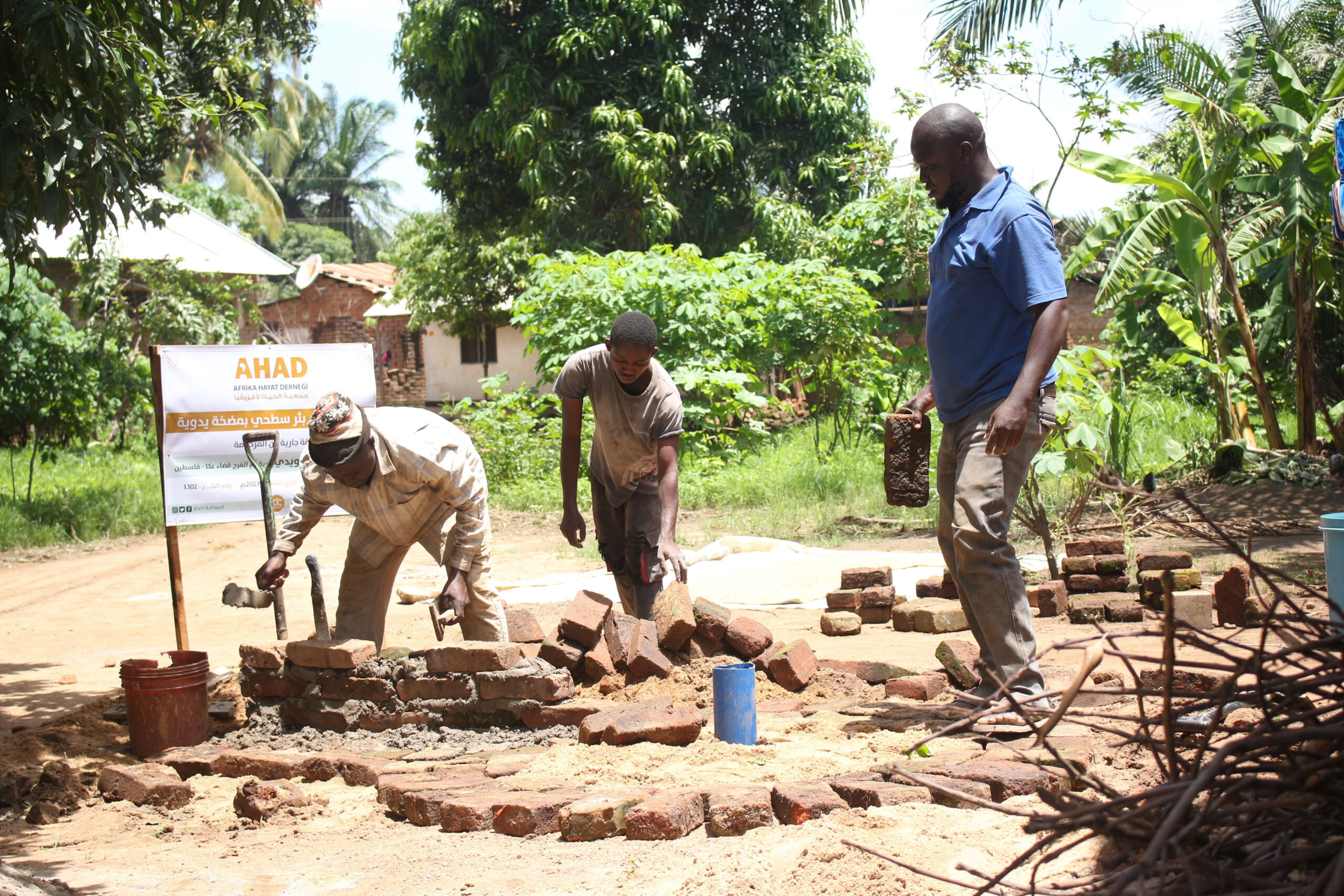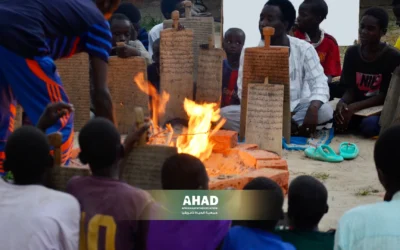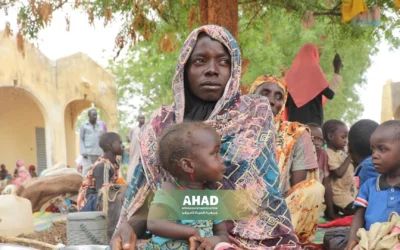The cost of drilling an artesian well
Artesian well drilling is a vital process used to extract groundwater from the earth with the aim of satisfying the needs of the population, agriculture and industry. This type of well is one of the basic means of securing fresh water in areas with a shortage of surface water or where it is not sufficiently available.
Stages of artesian well drilling
1. Planning and exploration:
At this stage, careful hydrological and geological studies are carried out to determine the ideal location for drilling an artesian well. The target depth of the well is determined based on the analysis of the distribution of groundwater, soil and rocks in the area. These studies help determine the expected amount and quality of water, which helps determine the size of the well and the type of equipment and technologies required.
2.To dig:
After preparing the site and completing the planning, drilling begins using specialized equipment that depends on the geological conditions of the area. Such equipment can include rotary excavators or manual excavators depending on the depth and difficulty. This stage is delicate because it requires careful follow-up to ensure that the walls of the well do not collapse and the safety of workers and equipment is maintained.
3.Camera placement and qualification:
Upon completion of the drilling process, the rollers are placed inside the well to support its walls and prevent its collapse. Such volumes depend on the specific engineering design of the well and can be made of iron or plastic. The compressors are precisely installed to ensure the stability of the well and maintain the efficiency of water extraction.
4.Experimentation and water testing:
After laying the accumulators, tests are carried out to assess the efficiency of the well and the quality of the extracted water. This includes measuring the flow rate of water and analyzing it to identify the chemical, physical and biological substances contained in it. This test aims to ensure that the well is able to meet the specified water needs effectively and safely.
Artesian well drilling is an integrated process that requires good planning and careful execution to ensure success and long-term sustainability. This process must be carried out in accordance with environmental and engineering standards to achieve maximum utilization of groundwater sources without a negative impact on the surrounding environment and on the quality of water available for various uses.

Types of wells and their prices in Africa
Drilling a well represents one of the most important environmental and social investments on the African continent, where many countries are experiencing an acute shortage of water. Well drilling costs vary by country and target depth, here are some examples of well drilling costs in some African countries:
Ghana: drilling a well at a depth of 15 meters costs about 850 dollars.
Sudan: drilling a well at a depth of 25 meters costs about 4200 dollars.
Chad: drilling a well to a depth of 25 meters with equipment costs about 2500 dollars.
Nigeria: drilling a well at a depth of 25 meters costs about 2000 dollars.
Mali: drilling a well to a depth of 25 meters costs about 1550 dollars.
Benin: drilling a well with a depth of 80 to 100 meters costs about 4500 dollars.
The importance of Sunday humanitarian society’s projects in drilling wells in Africa
Ah one humanity is a non-profit organization dedicated to improving the living conditions of poor communities in Africa, through well drilling projects. These projects are very vital due to the positive impact they have on the daily lives of local residents and on sustainable development in disadvantaged areas. The following are the importance of these projects:
Well drilling promotes a sustainable supply of clean water, reducing the population’s dependence on unsafe water sources such as polluted rivers and lakes. This significantly improves their quality of life and protects them from diseases associated with the intake of contaminated water.
Clean water plays a crucial role in improving public health, as it reduces the spread of aquatic diseases such as diarrhea and typhoid. They also contribute to improving the health status of children and women, especially with regard to diseases related to lack of water.
Thanks to access to clean water, local communities can take better advantage of economic opportunities, whether in agriculture, breeding, or local industry. This contributes to strengthening the local economy and increasing household incomes.
Women and girls are often in charge of fetching water in many poor communities, and by providing clean water sources close to homes, the burden on them can be alleviated and given a greater opportunity for education and personal development.
The provision of clean water sources contributes to the reduction of internal displacement in developing countries, as it helps to keep the population in their areas of origin and enhance their socio-economic stability.
Ah one humanity is a vital investment that contributes to improving the lives of underprivileged communities in Africa, supports sustainable development and the local economy, making it a vital and sustainable humanitarian effort in the region.
You can visit the AHAD website to find out more about the projects it offers
ALSO READ
WHAT THE FOOD BASKET CONTAINS IN AHAD
Join us in our message




